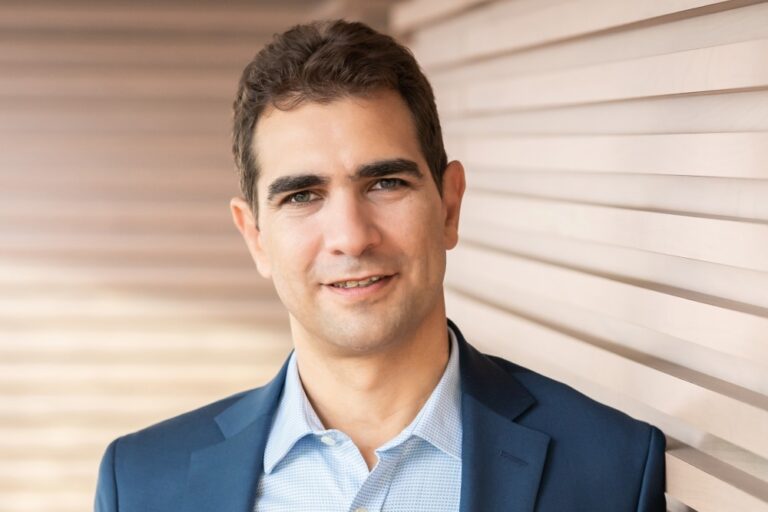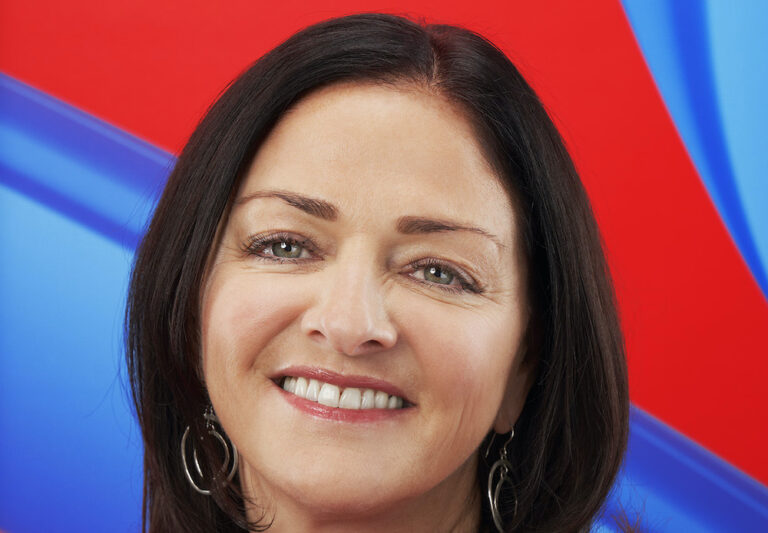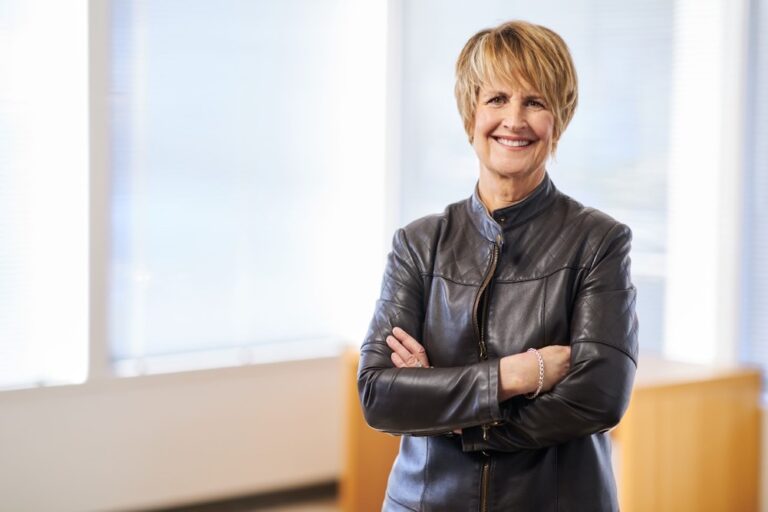Non-invasive BSS bypass
Merchandising expert Matrixx Software has formed a pact with digital engineering specialist Nagarro to help comms service providers (CSPs) with customer lifecycle management, so they have a more mutually profitable relationship. The logic is that by digitising what they call ‘the entire customer journey’ more thoroughly, from the network to the users’ mobile app, there will be less chance of customers falling through the cracks, becoming disgruntled and being spirited away by avaricious competitors
The solution to this age-old customer loyalty problem is powered by Matrixx’s Digital Commerce Platform (DCP), a convergent charging and commerce system and Nagarro’s Telco Digital Platform (TDP) accelerator. The TDP as a pre-built digital customer journey all mapped out with an adjustable business workflow which Nagarro claims has had demonstrable success for two top Middle East operators.
The digital customer lifecycle management solution can set up less than five months, which is a very short time in mobile network operator time and a huge achievement considering the fact that it involves fine tuning the digital business support system (BSS), albeit that of a new or existing telco brands. This operation involves some very critical processes, such as for ‘subscriber onboarding’ (adding customers), meeting Know Your Customer (KYC) compliance requirements, SIM fulfilment and activation, service ordering, self-service, gifting and the instant imposition of usage and non-usage charges.
The framework of the system is modular and highly customisable, claims Matrixx, which is why it can integrate with olde worlde telco BSS applications through industry-standard application programming interfaces. This is the magic ingredient in the solution that cutsthe time and money needed for installation effort by half.
Digital telcos, brands and virtual network operators are starting realise they must bite the bullet and subject themselves to a major operation, according to Matrixx Software CEO Glo Gordon. However the Matrixx/Nagarro procedure is more akin to keyhole surgery rather than a invasive procedure that would put the telco into the operating theatre under general anaesthetic followed by a long period of recovery.
“Integrated solutions like [ours] reduce the risk for clients and expedite the installation,” said Gordon. Before you know it the patient is back on their feet adding new services to be and meeting their customers needs, Gordon said. “Telcos planning or pursuing their digital transformation initiatives need comprehensive solutions, which is why we partnered with Nagarro to help deliver a best-in-class customer experience.”
The clinical services of Nagarro’s TDP accelerator framework made the operation safer and more efficient. The design of TDP now embodies the Matrrixx DCP. Another important tool is the Nagarro mobile user app platform, which allows the telco’s customers to self-service easily, which is a major factor in improving the telco’s recovery time so that it can back on the market talking to customers, finding out what they want and offering them new services.
“By providing this framework to bring BSS applications together and integrate more easily, Nagarro and Matrixx are smoothing the path for digital CSPs to build stronger relationships with their customers,” said Nagarro MD Ananda Sen Gupta, “In this interconnected world, being able to rapidly bring stronger solutions helps CSPs stand out in a competitive landscape. Matrixx and Nagarro make that a reality.”













